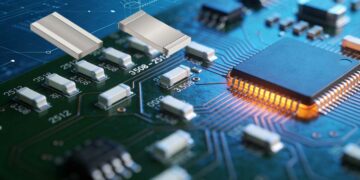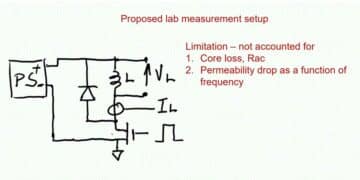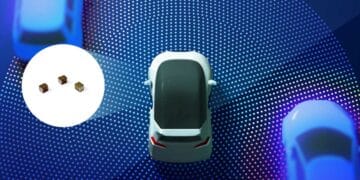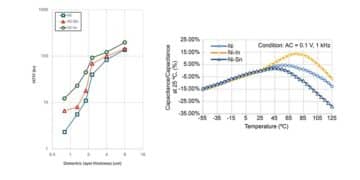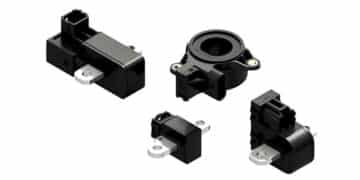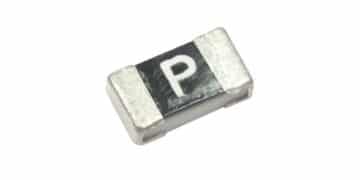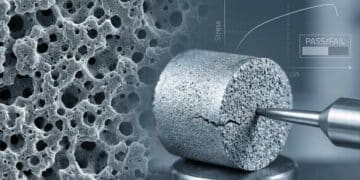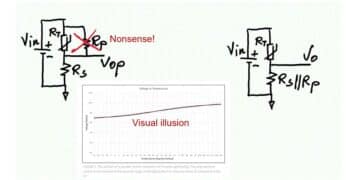
Knowles Precision Devices, recently released white paper based on Python Scipy.signal Toolbox to explore the theory behind poles and zeros and how these impact Q factor and filter performance.
Quality factor, or Q factor, is a common shorthand figure of merit (FOM) for RF filters. It’s typically expressed as the ratio of stored versus lost energy per oscillation cycle.
Steepness of skirts, selectivity, and insertion loss are all specifications that can be described in terms of Q factor. While this FOM feels ubiquitous in RF, truly understanding how Q factor is determined and how it relates to other specifications is a complex endeavor because it’s contextual.
Here are a few different ways we can situate our understanding of Q factor:
- Bandpass Q Factor: Refers to the width of a filter
- Component Q Factor: Addresses individual inductor or capacitor quality
- Pole Q Factor: Indicates the performance of different parts of a filter response; based on Pole Zero Plots
Pole Q factor is a particularly abstract context. Here, we look at poles and zeros in the complex plane. In theory, by moving the poles and zeros on the frequency axis, the slope gets steeper or shallower, impacting the sharpness of the filter. In practice, you can place zeros near frequencies you’d like to reject and poles near frequencies you’d like to pass. Ultimately, moving poles and zeros around on the plot crystallizes the filter response into the right shape for the customer.
Recently, we used Python Scipy.signal Toolbox to explore this and the theory behind poles and zeros. To follow along, read our white paper, Experimenting with Open-Source RF Analysis Tools to Better Understand How Poles and Zeros Relate to Q Factor.
Read the original post at Q Factor Modelling; How Poles and Zeros Relate to Q Factor
